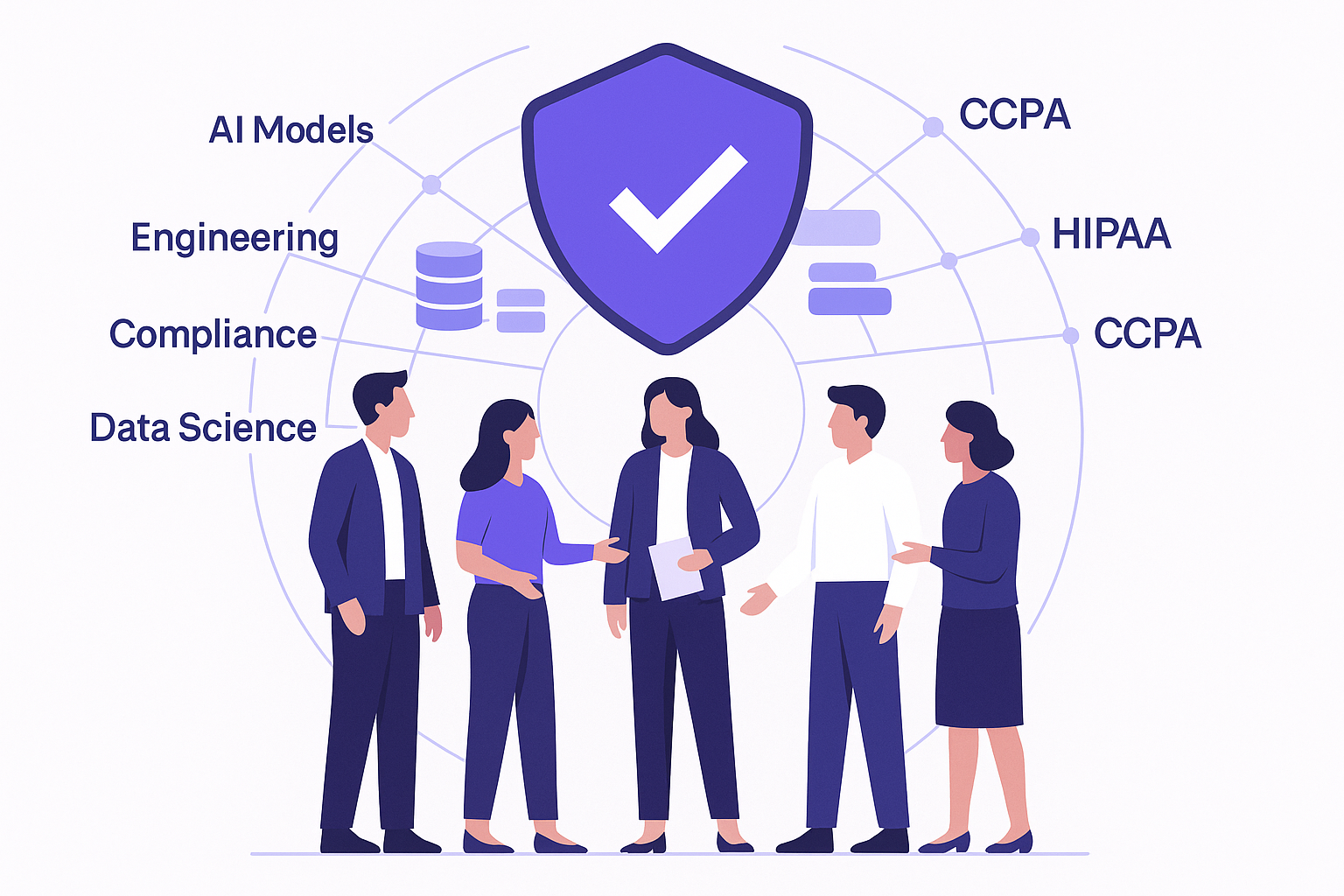
Key Takeaways
Continuous discovery of PHI/PII data transforms healthcare privacy from chaos into clarity.
Automated, purpose-driven controls replace manual processes and reduce risk.
Precision in protection (masking, tokenization, encryption, redaction) accelerates safe innovation.
Automation enables rapid delivery of compliant, self-service datasets, supporting both care and research.
Patients and clinicians benefit from trust, speed, and fewer barriers throughout the data lifecycle.
Smarter data privacy is not a barrier; it's a catalyst for progress in modern healthcare.
Every day, patients, clinicians, and IT specialists witness the delicate balance between using data to improve care and safeguarding that same information from misuse. At each touchpoint—from a scheduled appointment to a new system update—there is an ever-present need to keep personal health details safe while ensuring care teams have the right insights, right when they need them.
Progress starts with a clear map of where PHI/PII data lives – a sensitive data landscape. Many healthcare organizations are surprised to find protected health information hiding in backup drives, handwritten notes, and overlooked database fields. Building this living inventory empowers teams to move from guesswork to proactive risk reduction. Visibility is the first step toward trust.
Once organizations understand where personal and health information resides, they can transform static privacy policies into dynamic, real-world safeguards. Consent rules are no longer theoretical. Instead, they work behind the scenes—automatically granting or restricting access for specific patient profiles, diagnosis categories, or research use cases.
The real advantage comes when privacy controls are tailored to the task. Instead of locking everything down or leaving too much open, teams select the right level of safeguarding. Creating test data for a new patient portal? Mask real identities with lifelike, anonymized details. Supporting a research study? Apply tokenization to allow necessary reversibility—tightly audited and controlled. Encrypt records in storage and in motion, ensuring that even system integrations and analytics pipelines reinforce privacy. With precision protection, innovation happens faster because everyone has confidence in the process.
Automation is the unsung hero. No one has time for delays caused by repetitive privacy checklists or ticket backlogs. Automated detection and risk-scoring keep privacy ahead of the curve, flagging new PHI instantly and generating compliance reports on demand. This means clinicians, data analysts, and app builders spend more time helping patients and less time waiting for access or review.
The proof is in the outcomes: EHR upgrades ship as scheduled, patient trust grows, and analysts drive new discoveries with purpose-built datasets. Every stakeholder—from front desk staff to the C-suite—knows that privacy is more than a checklist; it’s a living advantage for the entire healthcare enterprise.
Frequently Asked Questions
1. What does “privacy-first AI” actually mean?
Designing AI systems so privacy constraints—discovery, consent, minimization, and security—are built into the data lifecycle from the start, not bolted on later.
2. Why start with discovery?
You can’t protect what you can’t see. Discovery reveals hidden PII/PHI and data sprawl so you can prioritize controls and avoid training on sensitive data by accident.
3. Isn’t privacy-first slower?
Done right, it’s faster. You avoid rework, brittle models, and blocked launches caused by late-stage privacy issues.
4. What’s the difference between de-identification and anonymization?
De-identification removes or transforms identifiers but may remain re-linkable in context. Anonymization aims to prevent re-identification even with external data harder to achieve and usually with utility trade-offs.
5. What is “purpose and consent” in practice?
Document the lawful basis, intended use, allowed recipients, retention, and jurisdictions; then enforce those rules at data gates and log evidence.
